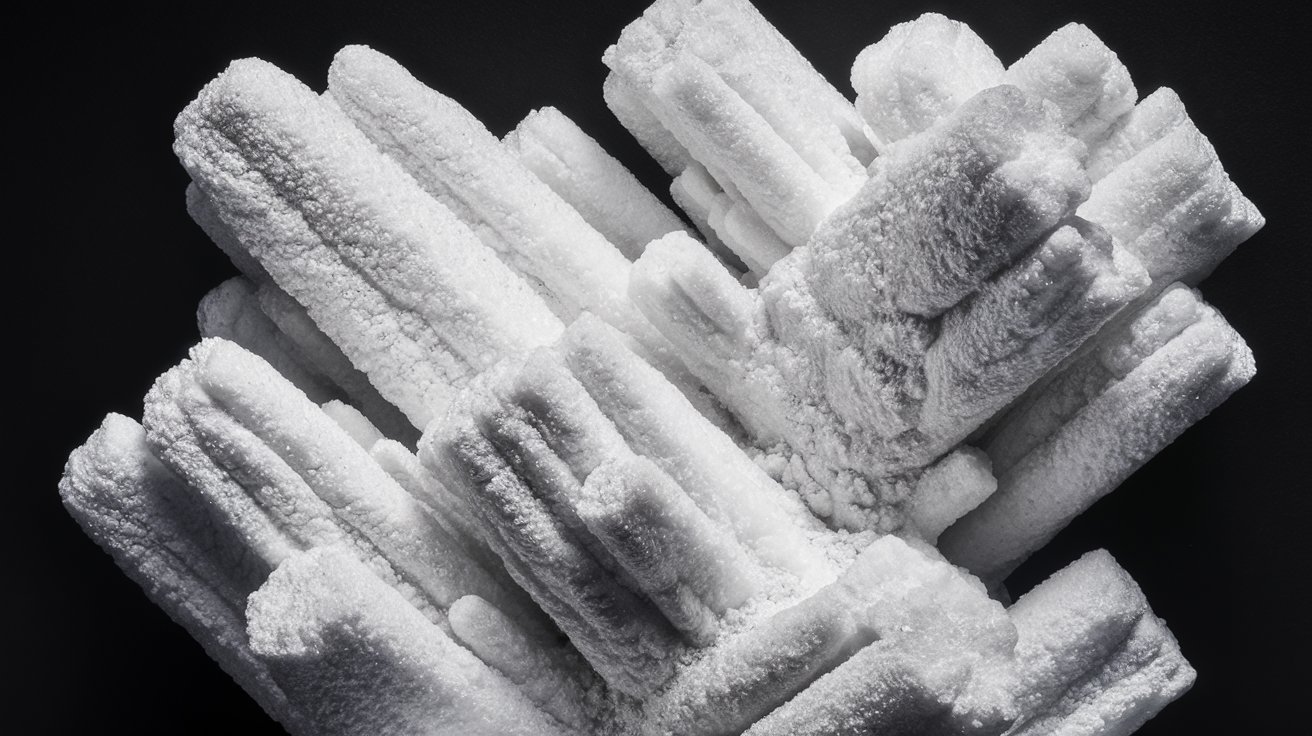
Cerium(III) oxide, also known as ceria, is a fascinating compound with a wide range of applications. Used in everything from catalytic converters to glass polishing, this versatile material plays a crucial role in modern technology. But what makes cerium(III) oxide so special? Its unique properties and chemical structure set it apart from other compounds. For instance, it has remarkable oxygen storage capacity, which makes it invaluable in reducing vehicle emissions. Additionally, cerium(III) oxide is a key player in the field of nanotechnology, where its antioxidant properties are being explored for medical applications. Curious about more? Here are 30 intriguing facts about cerium(III) oxide that will deepen your understanding of this remarkable substance.
Key Takeaways:
- Cerium(III) oxide, also known as ceria, has diverse uses from reducing vehicle emissions to polishing glass and even potentially aiding in medical treatments. Its unique properties make it a valuable compound in various industries.
- With its antioxidant properties, cerium(III) oxide shows potential in wound healing and neuroprotection. However, concerns about its environmental impact and toxicity of nanoparticles highlight the need for responsible usage and recycling efforts.
What is Cerium(III) Oxide?
Cerium(III) oxide, also known as ceria, is a fascinating compound with a wide range of applications. This rare earth oxide has unique properties that make it valuable in various industries. Let's dive into some intriguing facts about cerium(III) oxide.
-
Chemical Formula: The chemical formula for cerium(III) oxide is Ce₂O₃.
-
Appearance: It typically appears as a pale yellow or white powder.
-
Oxidation States: Cerium can exist in multiple oxidation states, but in cerium(III) oxide, it is in the +3 state.
-
Crystal Structure: Cerium(III) oxide has a hexagonal crystal structure.
-
Melting Point: The melting point of cerium(III) oxide is approximately 2,400°C (4,352°F).
Uses in Catalysis
Cerium(III) oxide plays a crucial role in catalysis, particularly in automotive and industrial applications.
-
Catalytic Converters: It is used in catalytic converters to reduce harmful emissions from vehicles.
-
Oxygen Storage: Cerium(III) oxide can store and release oxygen, making it useful in various catalytic processes.
-
Fuel Cells: It is used in solid oxide fuel cells to improve efficiency and performance.
-
Water-Gas Shift Reaction: Cerium(III) oxide acts as a catalyst in the water-gas shift reaction, which is essential in hydrogen production.
Applications in Polishing
The unique properties of cerium(III) oxide make it an excellent material for polishing applications.
-
Glass Polishing: It is widely used in the glass industry for polishing lenses and mirrors.
-
Semiconductor Polishing: Cerium(III) oxide is also used to polish semiconductor wafers.
-
Jewelry Polishing: Jewelers use it to polish gemstones and precious metals.
Role in Medicine
Cerium(III) oxide has potential applications in the medical field due to its antioxidant properties.
-
Antioxidant Properties: It can neutralize free radicals, making it useful in medical treatments.
-
Wound Healing: Research suggests that cerium(III) oxide can promote wound healing.
-
Neuroprotection: Studies indicate that it may protect neurons from oxidative stress.
Environmental Impact
Cerium(III) oxide has both positive and negative environmental impacts.
-
Pollution Control: It helps reduce air pollution by converting harmful gases into less toxic substances.
-
Toxicity Concerns: There are concerns about the potential toxicity of cerium(III) oxide nanoparticles.
-
Recycling: Efforts are being made to recycle cerium(III) oxide from industrial waste.
Historical Background
Understanding the history of cerium(III) oxide provides context for its current applications.
-
Discovery: Cerium was discovered in 1803 by Jöns Jakob Berzelius and Wilhelm Hisinger.
-
Naming: It was named after the dwarf planet Ceres, which was discovered just two years earlier.
-
Early Uses: Initially, cerium compounds were used in gas mantles for lighting.
Modern Research
Ongoing research continues to uncover new uses and properties of cerium(III) oxide.
-
Nanotechnology: Researchers are exploring the use of cerium(III) oxide nanoparticles in various fields.
-
Energy Storage: It is being studied for potential use in energy storage systems.
-
Environmental Remediation: Scientists are investigating its use in cleaning up environmental pollutants.
Physical Properties
Cerium(III) oxide has several notable physical properties that contribute to its versatility.
-
Density: The density of cerium(III) oxide is about 6.2 g/cm³.
-
Hardness: It has a Mohs hardness of around 6, making it relatively hard.
-
Thermal Stability: Cerium(III) oxide is thermally stable, maintaining its properties at high temperatures.
Industrial Applications
Beyond catalysis and polishing, cerium(III) oxide finds use in various industrial applications.
-
Ceramics: It is used in the production of high-quality ceramics.
-
Pigments: Cerium(III) oxide is used as a pigment in glass and ceramics.
-
UV Absorption: It can absorb ultraviolet light, making it useful in sunscreens and protective coatings.
The Final Word on Cerium(III) Oxide
Cerium(III) oxide, a fascinating compound, plays a crucial role in various industries. From its use in catalytic converters to its applications in glass polishing, this compound proves its worth time and again. Its unique properties, like high oxygen storage capacity and thermal stability, make it indispensable in many technological advancements.
Understanding cerium(III) oxide's impact on our daily lives helps us appreciate the science behind everyday objects. Whether it's reducing vehicle emissions or enhancing the clarity of glass, this compound's contributions are significant.
Next time you see a clear glass window or breathe cleaner air, remember the role cerium(III) oxide plays. This unsung hero of the chemical world continues to drive innovation and improve our quality of life. Keep exploring the wonders of chemistry; you never know what other amazing facts you'll uncover.
Frequently Asked Questions
Was this page helpful?
Our commitment to delivering trustworthy and engaging content is at the heart of what we do. Each fact on our site is contributed by real users like you, bringing a wealth of diverse insights and information. To ensure the highest standards of accuracy and reliability, our dedicated editors meticulously review each submission. This process guarantees that the facts we share are not only fascinating but also credible. Trust in our commitment to quality and authenticity as you explore and learn with us.
